Skiing on a Budget: 5 Ways to Conquer the Slopes without Breaking the Bank
When you think of skiing, what comes to mind? For me, it’s the sheer freedom of gliding down a snow-covered mountain, the wind whipping past my face, and the rush of adrenaline that only the slopes can deliver. Over the years, skiing has transformed into more than a sport for me—it’s a lifestyle, a way to disconnect from the grind and connect with nature. However, I won’t deny it: skiing can be expensive. From the gear to the lift tickets to the cozy accommodations at the foot of the peaks, costs add up quickly.
Understanding the Costs of Skiing: Why the Slopes Seem So Pricey
Before diving into budget strategies, let’s unpack why skiing often comes with a hefty price tag. Imagine running a mountain resort—there’s the cost of lift maintenance, snowmaking, and trail grooming, not to mention staffing, accommodations, and facilities. Ski resorts operate in remote areas where resources are often limited and expensive to maintain.
Then there’s the personal cost: equipment like skis, boots, poles, helmets—and for people like me who wear glasses, prescription ski goggles or inserts—can be costly. Add in lift tickets that are often priced north of $100 a day, accommodations charging peak-season rates, and overpriced chalet hot chocolate, and you’ve got a bill that adds up fast. For beginners, ski lessons and rentals can be an additional financial hurdle.
Now, don’t let this scare you away. With preparation and a focus on value, you can build an incredible ski experience at a fraction of the usual cost.
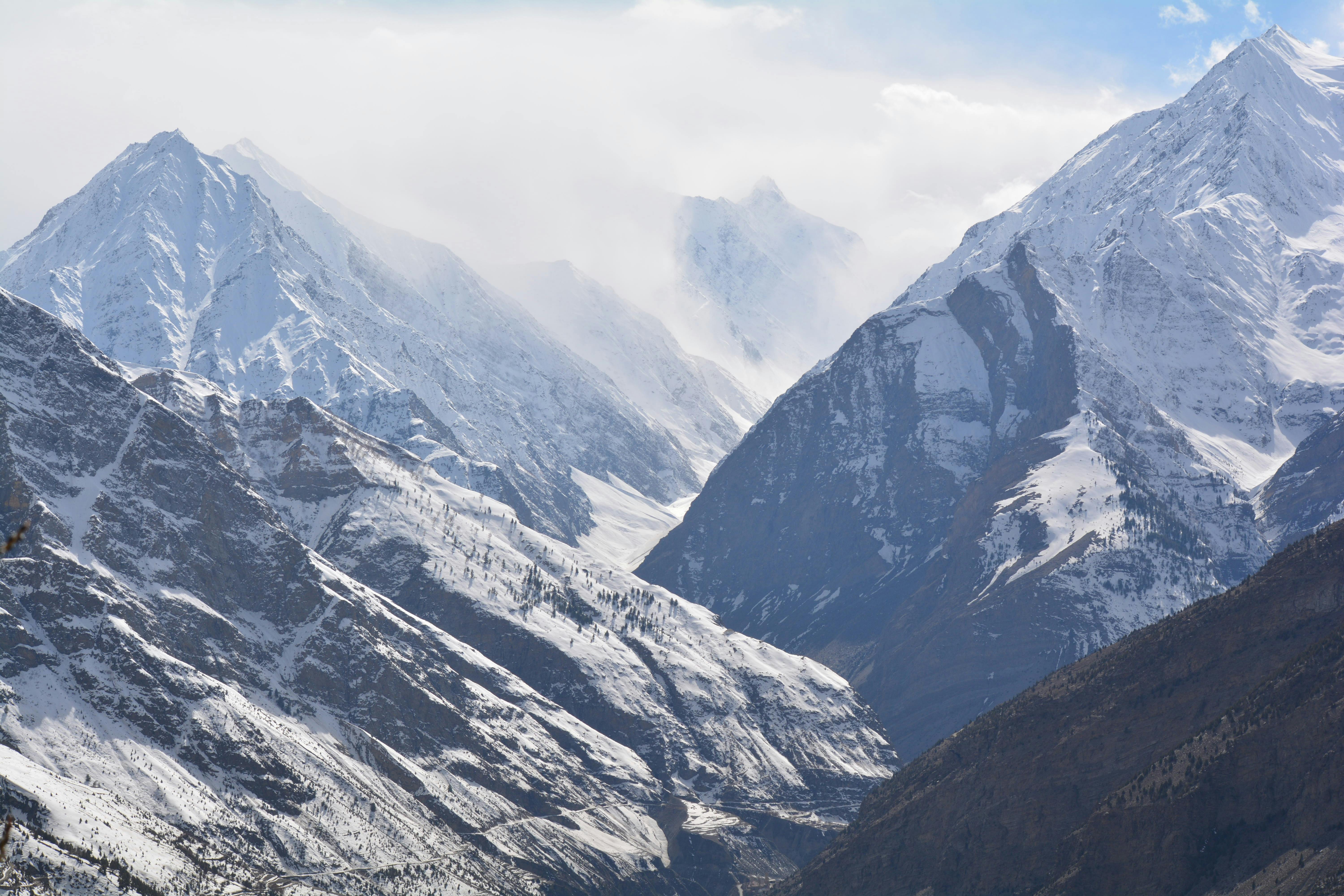
1. Get Smart About Ski Gear
When I started skiing back in college, I was that rookie borrowing secondhand skis from the campus club and stuffing my rented boots with extra socks to make them fit right. Now, as someone who’s spent countless hours testing gear, I understand the value of owning well-fitted, quality equipment—but I still believe you don’t have to shell out a fortune.
Pro tip: Focus on versatility. If you’re new to skiing, don’t splurge on high-end gear just yet. Look for deals on gently used equipment or hit end-of-season sales at outdoor shops. Websites like GearTrade or local secondhand sporting goods shops can be goldmines for affordable gear.
Glasses wearers, listen up: Forget the discomfort of squeezing your glasses under ski goggles. Back in the day, I used to deal with relentless fogging and awkward fits until I discovered prescription inserts for ski goggles. I swear by Overo Prescription Ski Goggle Inserts now—they fit seamlessly into mainstream goggles, have anti-fog technology that holds up even in extreme cold, and are precisely crafted for your prescription. They’re worth every penny, not just for convenience but for safety and clarity on the slopes.
Renting is also a great option, especially for beginners. Many resorts offer package deals on rentals along with lift tickets, which can save you money compared to booking separately. Just make sure to book early, especially during peak season.
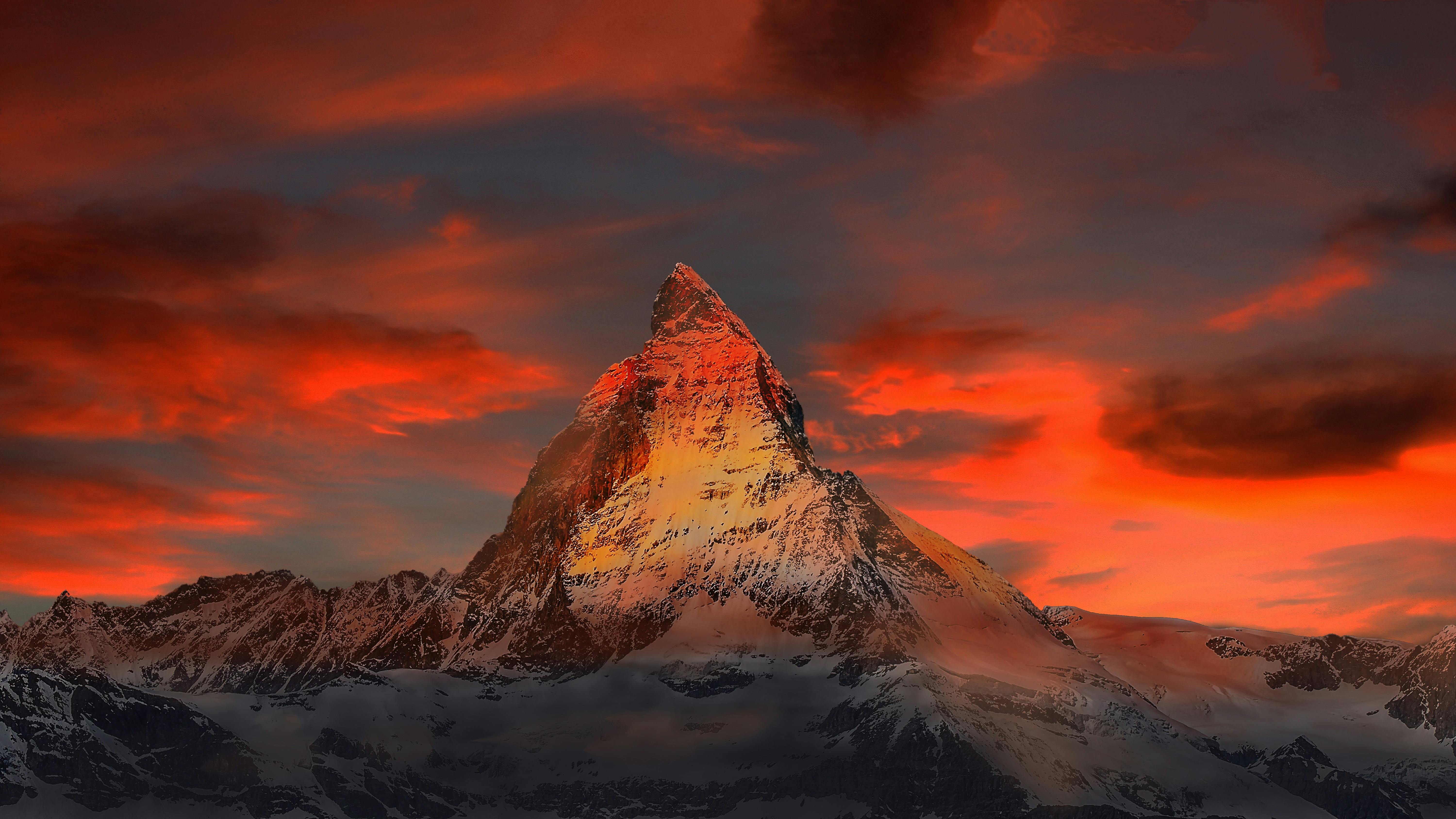
2. Timing Is Everything: Ski in the Off-Season
Here’s a little secret from my years of hitting some of the most iconic slopes, from the Alps to Hakuba in Japan: timing can drastically affect the cost of your trip. Most resorts charge a premium during holidays and school vacation periods, but prices drop significantly during off-peak times.
Consider planning your ski trip for midweek instead of weekends, or go in late spring for some surprisingly good snow and heavy discounts. I once traveled to a smaller resort in late March and scored lift tickets for almost half the usual price. The snow wasn’t as fluffy as mid-winter powder, but the runs were nearly empty, and the relaxed atmosphere was worth it.
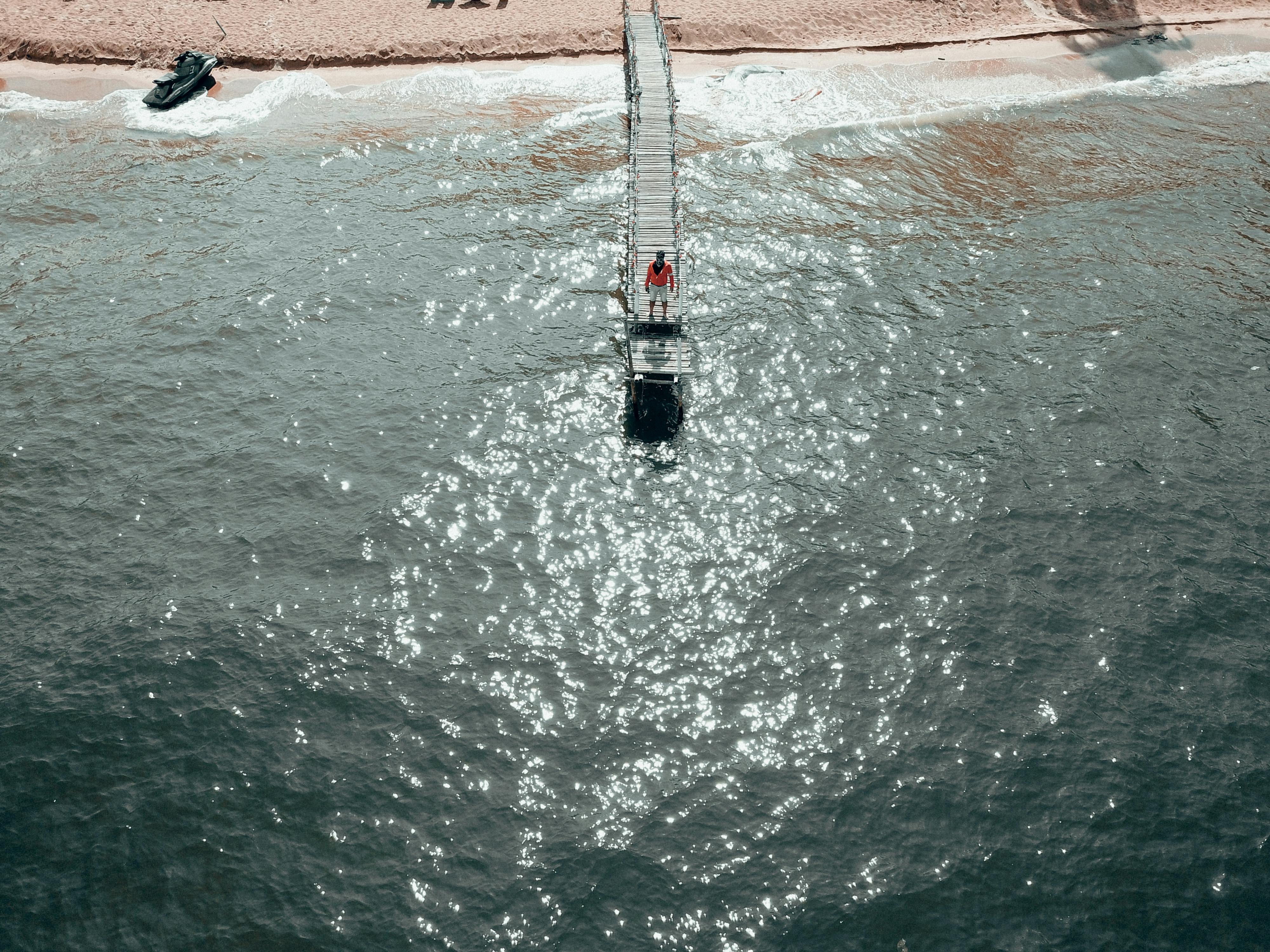
3. Lift Tickets: The Hidden Goldmine of Deals
Lift tickets are often one of the priciest parts of a ski trip. A single-day ticket at a top-tier resort can easily cost over $150. The good news? There are surprisingly affordable ways to access the lifts:
Early-bird passes: Most resorts offer discounted season passes if you grab them well before ski season starts. These passes can pay for themselves in just a few days if you plan to ski often.
Multi-day tickets: Booking multi-day or group tickets in advance often cuts down on costs.
For those looking to explore iconic slopes without breaking the bank, some independent resorts offer skiing experiences at much lower prices than the big names. These smaller mountains often have quieter runs and a more local vibe—perfect for skiers who want to hone their skills in a relaxed setting.

4. Save on Accommodations Without Sacrificing Comfort
When I joined college ski trips back in the day, we weren’t staying in five-star resorts (far from it). There were bunk beds, shared kitchens, and more sleeping bags than I care to remember. But the camaraderie was unbeatable, and it saved us enough to afford an extra few days on the slopes.
Here’s what I recommend: skip the ski-in, ski-out luxury chalets unless they’re within budget. Look for accommodations farther from the slopes, like budget-friendly motels, hostels, or even Airbnb rentals in nearby towns. Many resorts offer free or low-cost shuttles to the mountains, so you don’t need to stay right there to enjoy the slopes. Bonus: cooking in your rental can save you a lot on resort food.
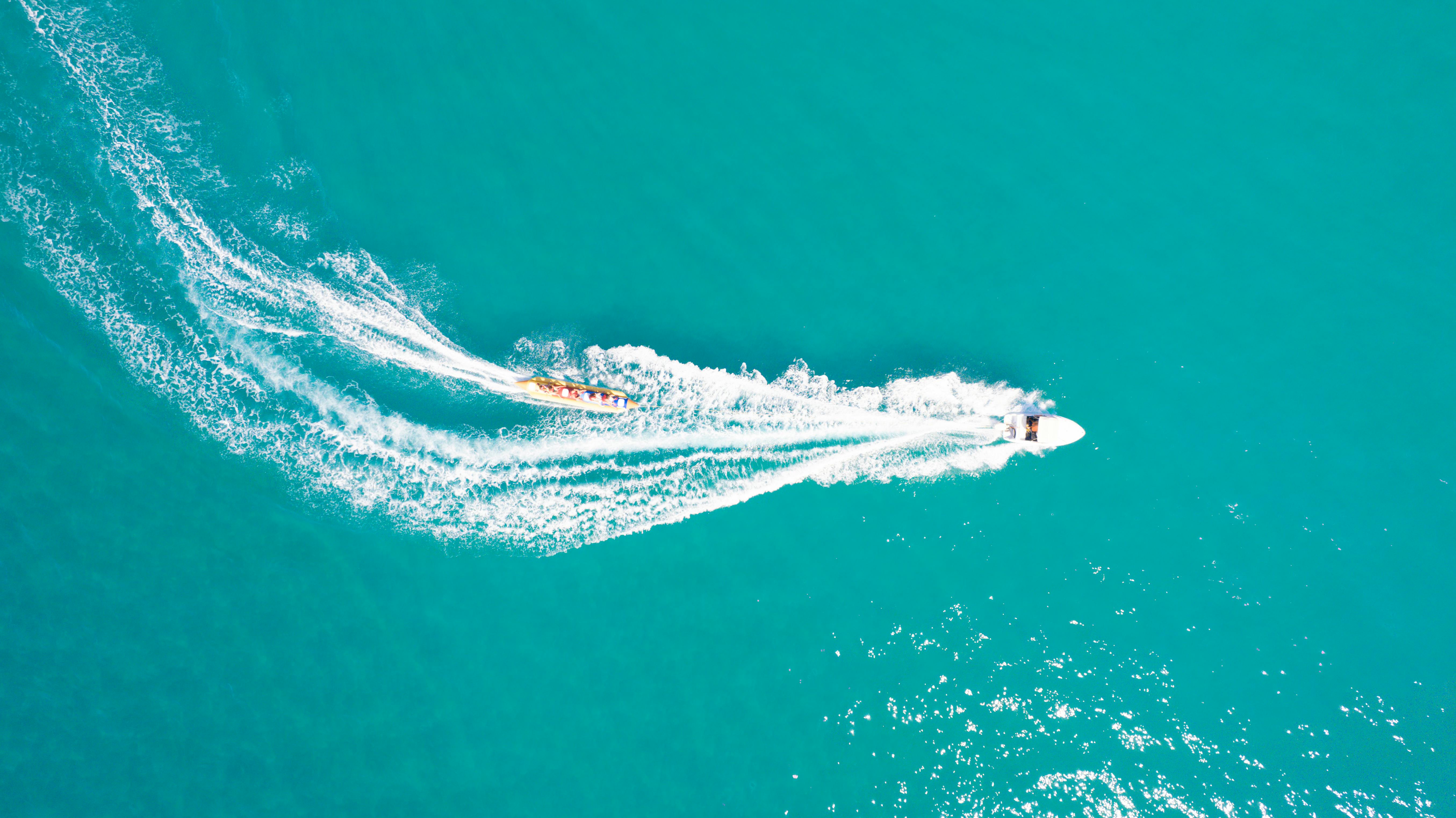
5. Invest in Quality Essentials—Especially if You Ski Often
One thing I’ve learned over the years is that the right gear makes a world of difference. For prescription-wearers like myself, Overo Prescription Ski Goggles let me focus entirely on the experience without worrying about fogged-up lenses or clunky fits.
I often recommend these inserts to my fellow skiers because they solve a problem I’ve watched countless others struggle with—wearing regular glasses under ski goggles. The clarity and comfort of prescription inserts build confidence on the slopes, especially for those skiing in low visibility or fast-changing weather conditions.
Prioritize equipment that’ll last years, like durable ski gloves, weatherproof outerwear, and goggles with polarized lenses. While there’s some upfront cost, high-quality essentials need less frequent replacement, saving you money long term.
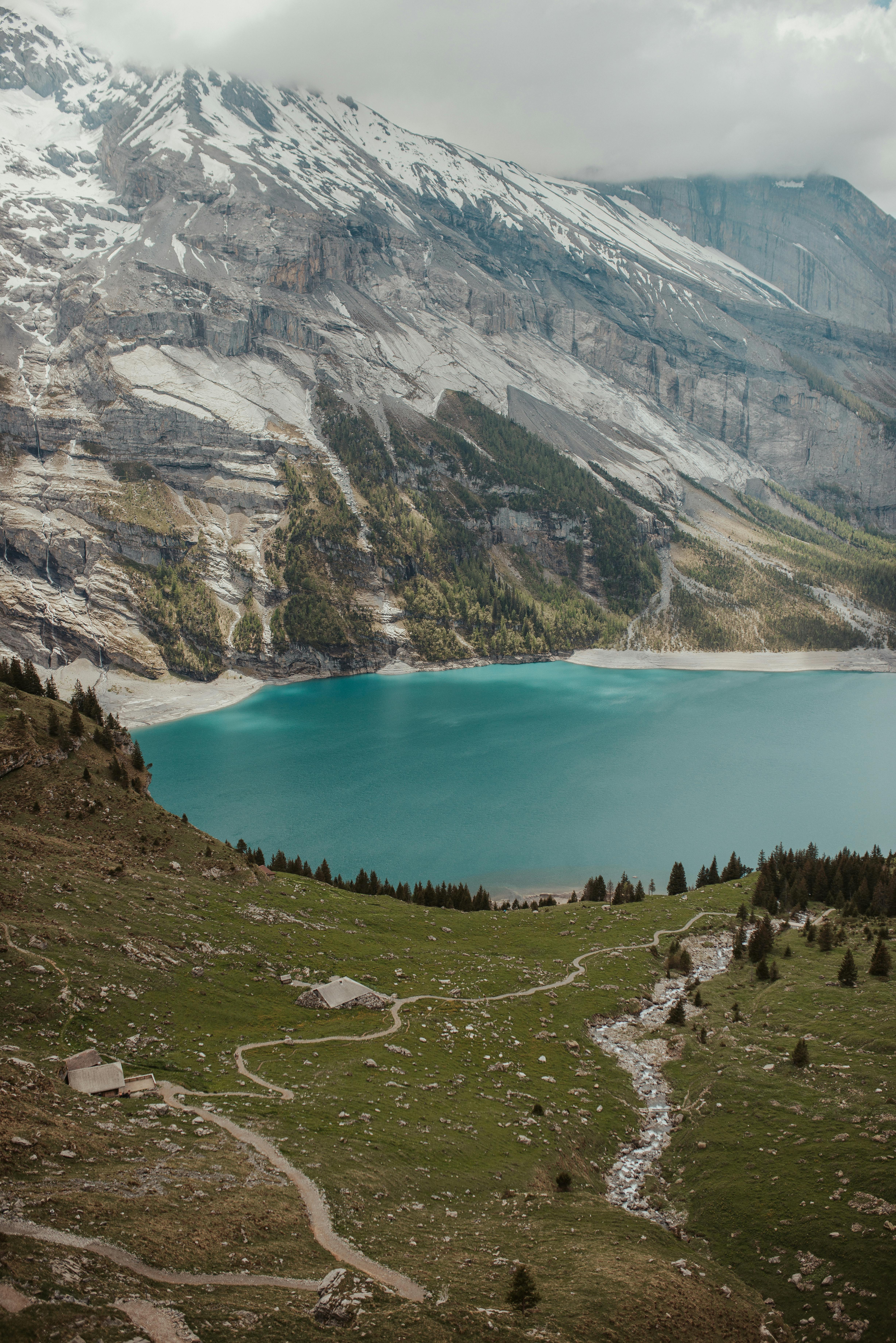
Why the Memories Are Worth It
Skiing doesn’t just offer adrenaline and pristine views—it’s a way to build connections, challenge yourself, and create memories that outshine any expense. I’ll never forget the snowstorm I once got stuck in during a university trip to the Alps, huddled with friends in a tiny chalet, telling stories until the skies cleared. Experiences like that stay with you.
And it’s not just the destination—it’s the adventure of getting there, the sore legs and laughter after a long day, and the endless stories shared over dinner at the lodge.
The beauty of skiing is that it doesn’t demand perfection from us—it invites us to explore, to stumble, and to soar. Cost-effective strategies just make the journey more accessible to everyone willing to step into a pair of skis.
By planning thoughtfully and investing in essentials like Overo Prescription Ski Goggles, you can experience the slopes with both clarity and confidence. Whatever your budget, the mountain awaits. Over time, that investment in freedom, joy, and connection will prove to be priceless—just like your tracks in the snow.
Frequently Asked Questions
Why is skiing so expensive?
Skiing involves high operational costs, including lift maintenance, snowmaking, trail grooming, and staffing. Additionally, remote locations and premium accommodations contribute to the higher price tag.
How can I save on ski gear?
You can save by purchasing gently used equipment or shopping end-of-season sales. Renting is also a good option for beginners. Prescription inserts for ski goggles, like Overo Prescription Ski Goggle Inserts, offer a cost-effective solution for glasses wearers.
What is the best time to plan a budget-friendly ski trip?
Off-peak periods like midweek or late spring often offer lower costs for tickets and accommodations. Avoid holidays and school vacation times for additional savings.
Are there affordable alternatives to big-name ski resorts?
Yes, smaller and independent resorts often have cheaper lift tickets and a more local, relaxed vibe, which can be great for honing skills without the crowds.
How can I save on ski accommodations?
Consider options like hostels, motels, or Airbnb rentals located farther from the slopes. Cooking your own meals and using resort shuttles can also reduce expenses.



Share:
5 Reasons Why Skiing is Worth Every Penny – And How Prescription Ski Goggles Can Transform Your Experience
7 Stormy Truths About Skiing in the Rain: Adventures, Challenges, and Clear Vision with Prescription Ski Goggles